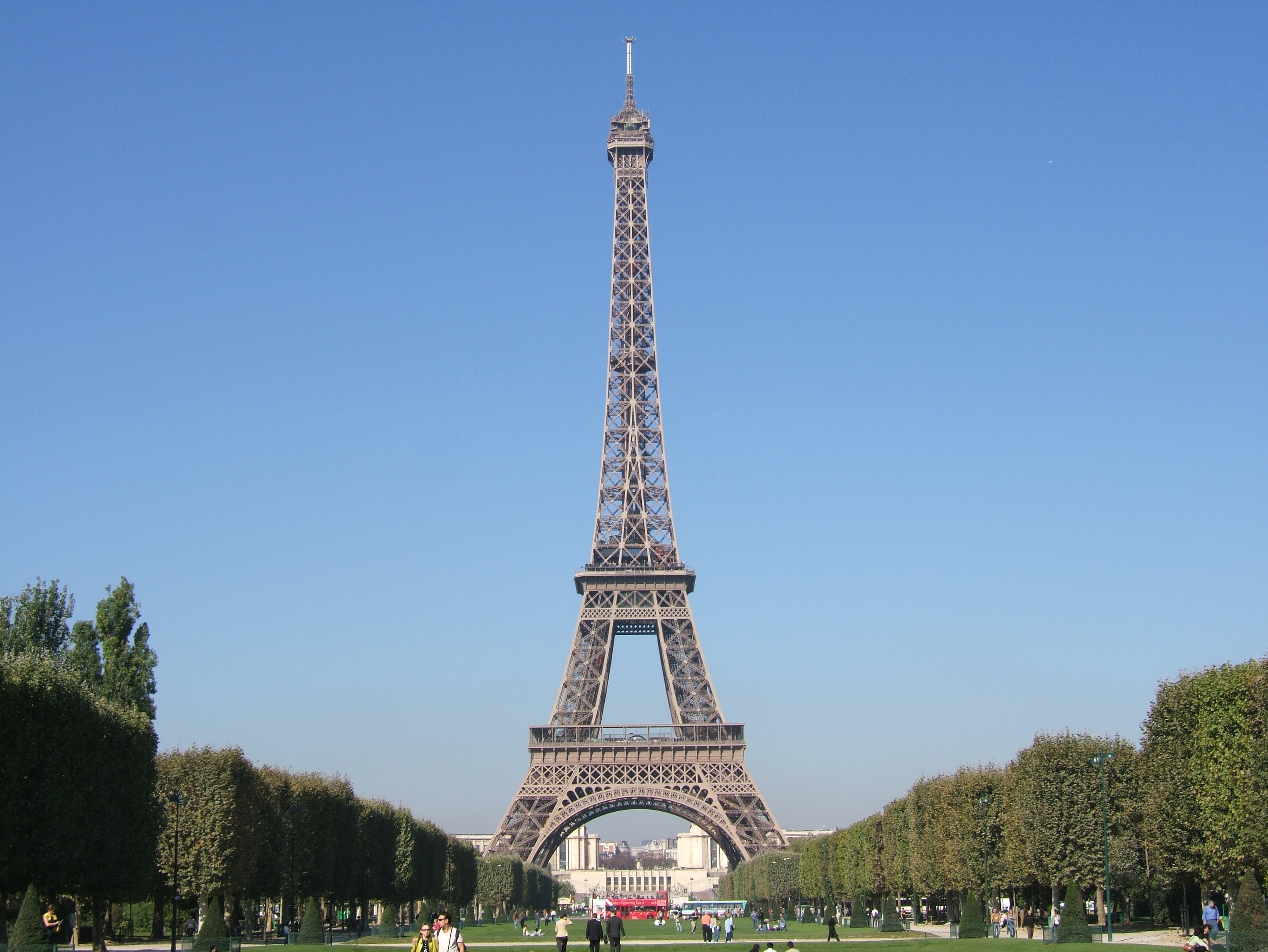
France is the county that coined the phrase les grand travaux (large-scale engineering works). Gustave Eiffel’s design for the tower that would take his name utilized new materials with which architects and engineers were beginning to become familiar. Before, les grands travaux were large in the sense of being wide and long, and were often based on stone construction: canals, aqueducts, bridges. The Eiffel Tower is a pioneering work illlustrating aerodynamics of high frames. Using a mathematical formula to determine the curve of the structure’s base needed to withstand the force of the wind against it, Eiffel transformed that force into added structural support. Eiffel’s physics, described in his book “The Resistance of the Air” (1913), gave birth to the skyscrapers we see in many of the world’s cities. In 2014, the Eiffel Tower celebrates its 125th year of great success.
For more on the Eiffel Tower, http://www.toureiffel.paris/
To read the chapter, http://buildingtheworld.com/book/featured/
Building the World Blog by Kathleen Lusk Brooke and Zoe G Quinn is licensed under a Creative Commons Attribution-NonCommercial-NoDerivs 3.0 Unported License.
